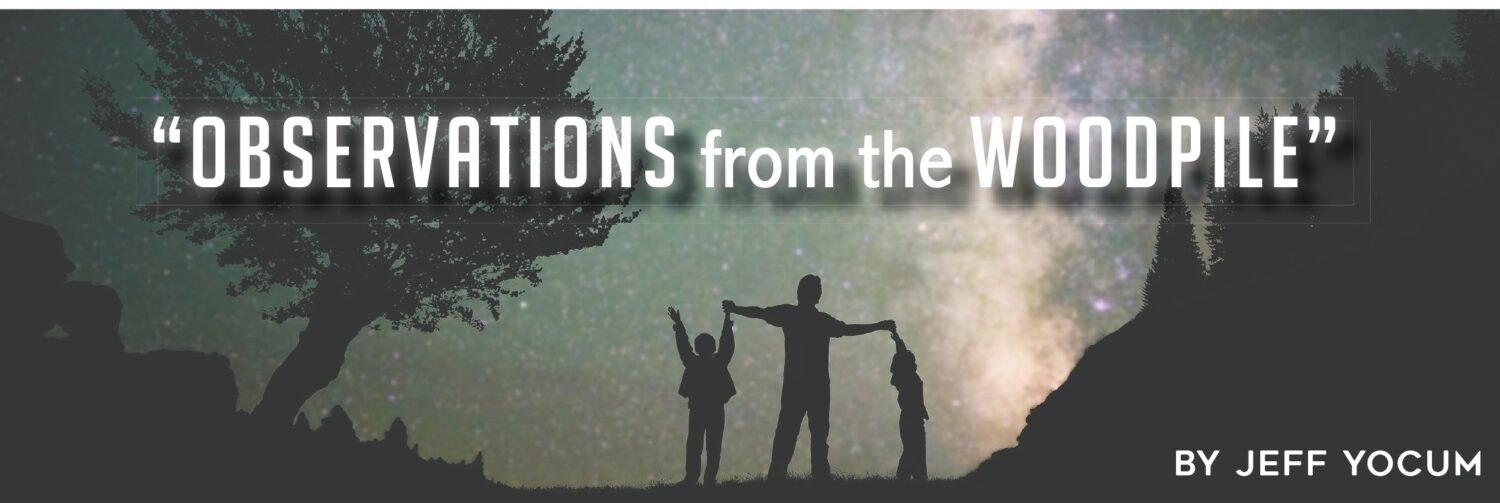BY Caitlyn Kirby
Spooky season is upon us. It’s time for tricks and treats; just don’t let the ghouls and goblins keep you from fun and festive opportunities available at Emmitsburg 50+ Center! Great weather and great times await; don’t let a good time spook you this season!
This Halloween, we have some festive activities for your treats—no tricks! If you’re feeling creative, come be batty with stained glass. We will be making a Halloween-stained glass bat decor for windows or walls. Or come make your own pumpkin key chains. For the season, the talented Dorathea will be returning to host an instructional autumn-themed painting class. Other Halloween fun will include a Halloween movie with ice cream, as well as a virtual presentation on mediums and magicians.
We have many of our regular activities returning. Exercises we will have include the walking group, the “Easy Does It!” video exercise with the addition of a moderate-level intensity video. “Unrulies” Pickleball will also be returning, as well as the open gym opportunity if you want to enjoy exercise your way. Other returning activities include regular game times, stitching posts, and paint by number. And let us not forget Chair Yoga on Mondays!
The center will be adding a crochet class on Monday, October 28, that will give you the tools for a great foundation in crocheting for the future. There will also be some new workshop opportunities. This will include “Beginning Genealogy” and a “Mental Health Workshop.” We will also be celebrating October birthdays on the 14th. Come have a very happy birthday and enjoy a treat!
Last but not least, come enjoy a catered lunch and friendly atmosphere every Monday at noon. Donations are appreciated, up to $6.00. Please pre-register for lunch at least three days in advance. This is an exciting opportunity to visit the center and bring a friend or to meet new people!
Please call the center at 301-600-6350 or email emmitsburgseniorcenter@frederickcountymd.gov if you have any questions.
















